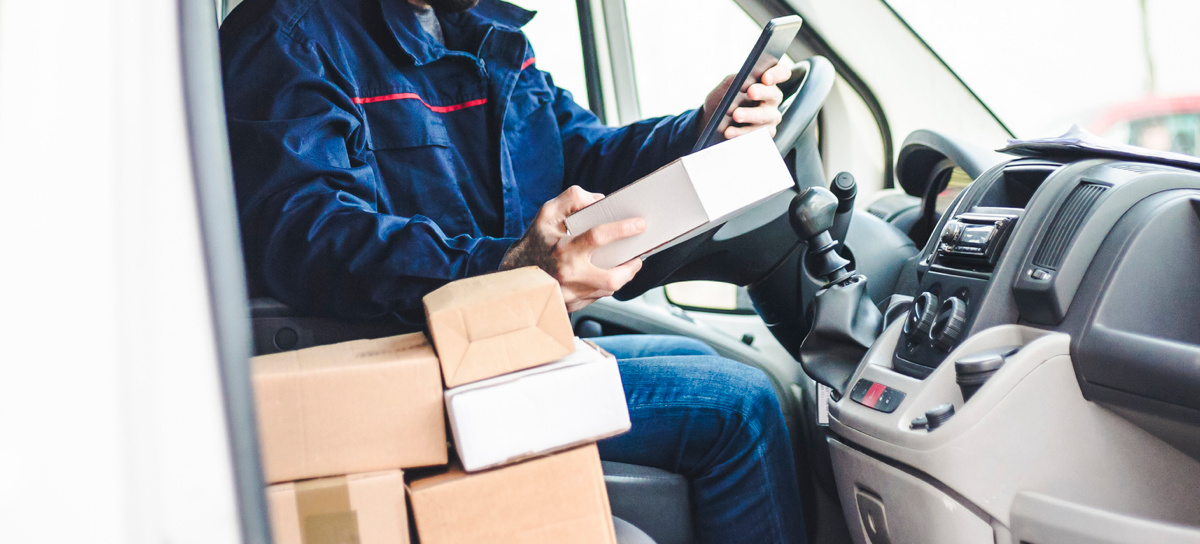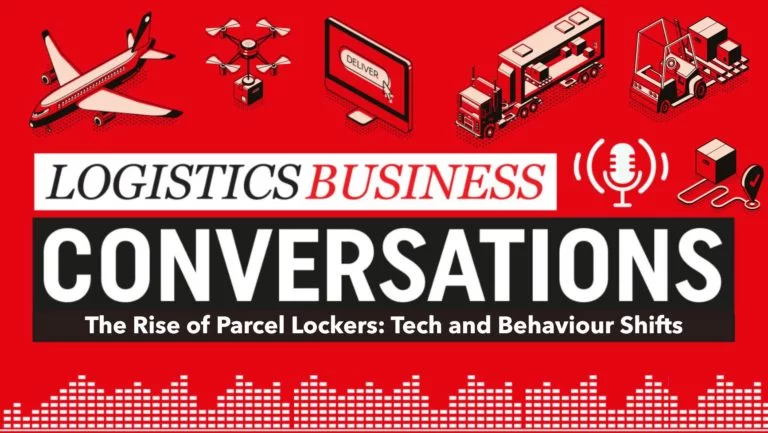Brexit may have been years in the making, but the uncertainty surrounding trade is still casting a long shadow for businesses in 2021, writes David Grimes, CEO of Sorted.
According to a recent survey, almost half (49%) of all UK businesses have found it more difficult to export to the EU since Brexit regulations came into effect. An increase in border checks and paperwork has only added friction to the process, making it more time consuming and costly for companies to send goods over to the continent.
Retailers in particular are facing a number of logistical challenges, including the delay of goods due to incorrect paperwork, or technical errors relating to tax declarations or item restrictions. These are disruptions that even the most prepared retailers could not have planned for, and many lacked the systems and technology to adequately deal with them.
In the weeks shortly after Brexit, some retailers such as John Lewis even suspended delivery into the EU altogether, citing new “complex processes” that were difficult to grapple with. Some couriers themselves also decided to pause road delivery services into the EU over concerns around paperwork and tariffs, adding to retailers’ problems.
Despite the impact Brexit turbulence is having on businesses, it’s important to remember that at the end of each delivery is a customer waiting patiently for an item they’ve paid for. With 1 in 3 customers saying they will leave a brand they love after just one bad experience, retailers need to up their game. To that end, the speed, condition and manner in which a purchase arrives, and the updates they receive during its journey, could have huge consequences on a customer’s decision to buy again with a brand.
Retailers, therefore, need to think very carefully about their supply chain model. With the post-Brexit delivery landscape still shrouded in relative uncertainty, pinning all hopes and expectations onto a single carrier service is bound to have unwelcomed consequences such as service failures, increased WISMO queries and a reduction in CSAT scores – all of which can severely damage a retailer’s brand.
The rise of multi-carrier shipping and distribution
In an effort to mitigate disruption, a growing number of retailers in the UK are already leveraging technology to manage and expedite multi-carrier delivery – enabling retailers to ‘spread the risk’ rather than have their entire operation depend on one single carrier service.
Instead of items being lost or returned because of one setback, a multi-carrier approach offers retailers the ability to adapt quickly to disruption and choose to re-route parcels via an alternative provider. At the very least, it gives retailers the opportunity to salvage the delivery journey to meet customer promise.
Brands such as Party Delights are using a multi-carrier approach to put the customer front and centre above all else, and to dramatically reduce the risk. If a carrier is unable to fulfil a delivery due to poor weather or problems with their fleet – or due to catastrophic disruption like we recently saw in the Suez Canal – an alternative carrier can pick up the pieces, ensuring CX is maintained. This is going to be a vital tool in an uncertain post-Brexit delivery landscape.
Preserving consumer trust and loyalty
This multi-carrier approach to order fulfilment might give retailers an edge when it comes to risk mitigation, but the challenges don’t stop there. UK ecommerce has always maintained a great dependence on the European market. Whether you’re selling a product to a buyer in Germany or importing merchandise all the way from Spain, the market in the pre-Brexit era was expanded for British retailers all over the European Union.
Now, Brexit has completely rewritten the rules and retailers all over the UK are experiencing the steady slowdown in terms of sales and revenue. As such, the online customer experience is in a state of near-constant evolution, with retailers and service providers are constantly ‘one-upping’ each other in their efforts to win and retain customers.
Over 43% of consumers are expected to shop more online than before the events of 2020, and if retailers are to take advantage of this influx of online shoppers they’ll need to offer a flawless customer experience. That includes paying close attention to each and every customer touchpoint, ensuring they have the infrastructure to cope with increased orders, and the capacity to adequately deal with any increase in customer queries.
An uptick in online purchases now means that the delivery journey is more crucial to the overall customer experience than ever before. Native online retailers – such as Amazon and Boohoo – have already had practice at getting this right and customer expectations are high, so retailers planning to move or increase their online presence will need to ensure their delivery journey is a 5* experience.
Customers expect real-time updates, messages, emails, delivery information, estimated times of arrival and more, including the ability to check on items, track packages and self-serve their queries. If retailers can leverage the automation technology needed to get this aspect of the customer journey right, they’ll see a marked improvement in CSAT scores and a massive reduction in call centre volume, easing the pressure on teams.
The importance of data integrity
An efficient multi-carrier operation with well-informed customers is only possible with clean, useful data. If a non-compliant parcel that lacks critical information is sent from a retailer to a carrier, it can throw up all kinds of unnecessary roadblocks at customs, particularly if the items are subject to strict regulation.
The seamless exchange of correct data in real-time is therefore essential in ensuring a smooth delivery process, even more so with exports thanks to the increased regulation around Brexit. Again, data integrity can be preserved with the use of technology, utilising everything, from validation codes, to mandatory fields, so the carriers get the correct information and border checks are as frictionless as possible.
Retailers of all shapes and sizes face a common challenge in the form of Brexit, but with the right technology in place and the adoption of a multi-carrier strategy, inevitable Brexit difficulties can at least be kept to a minimum.














